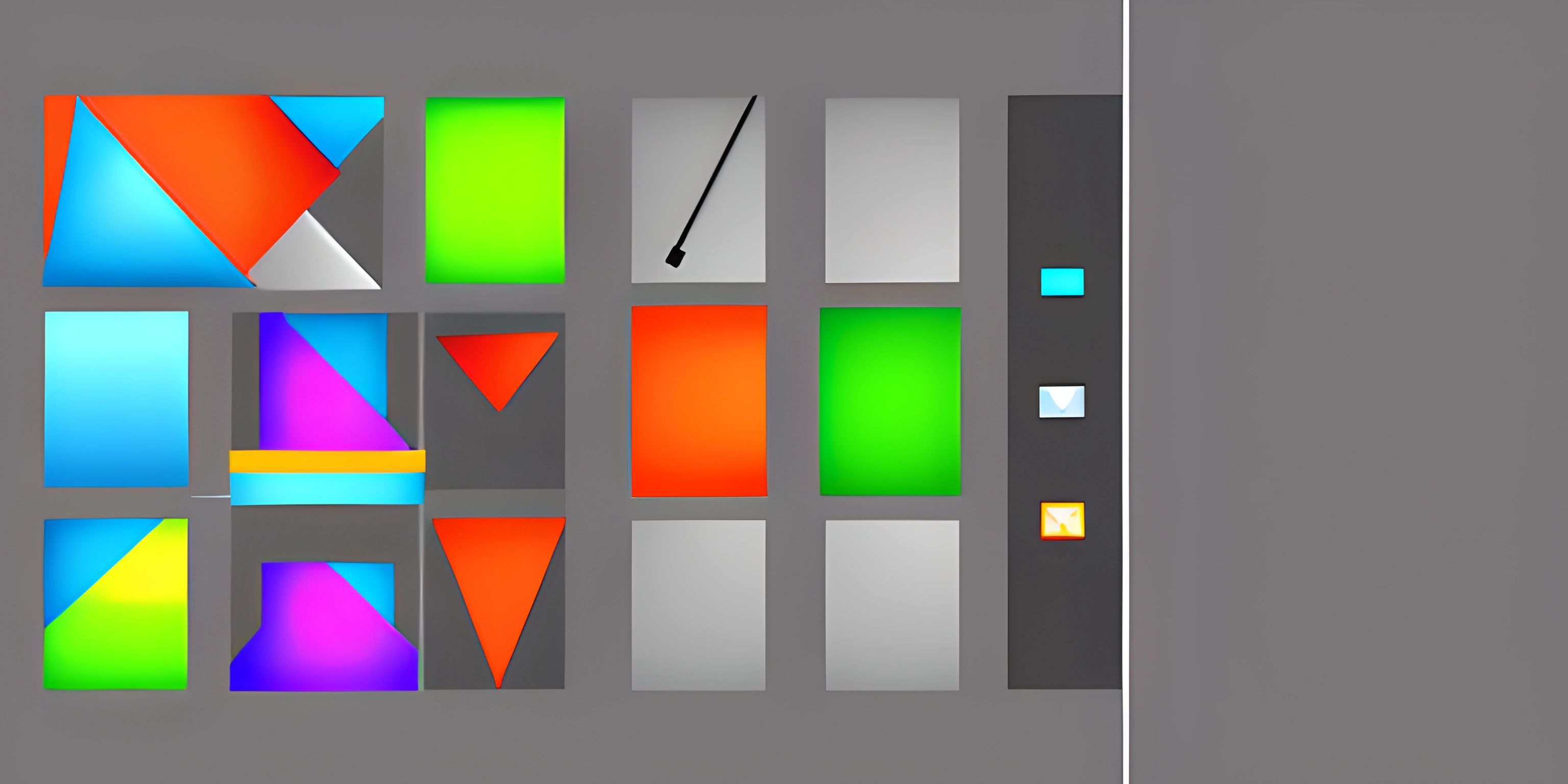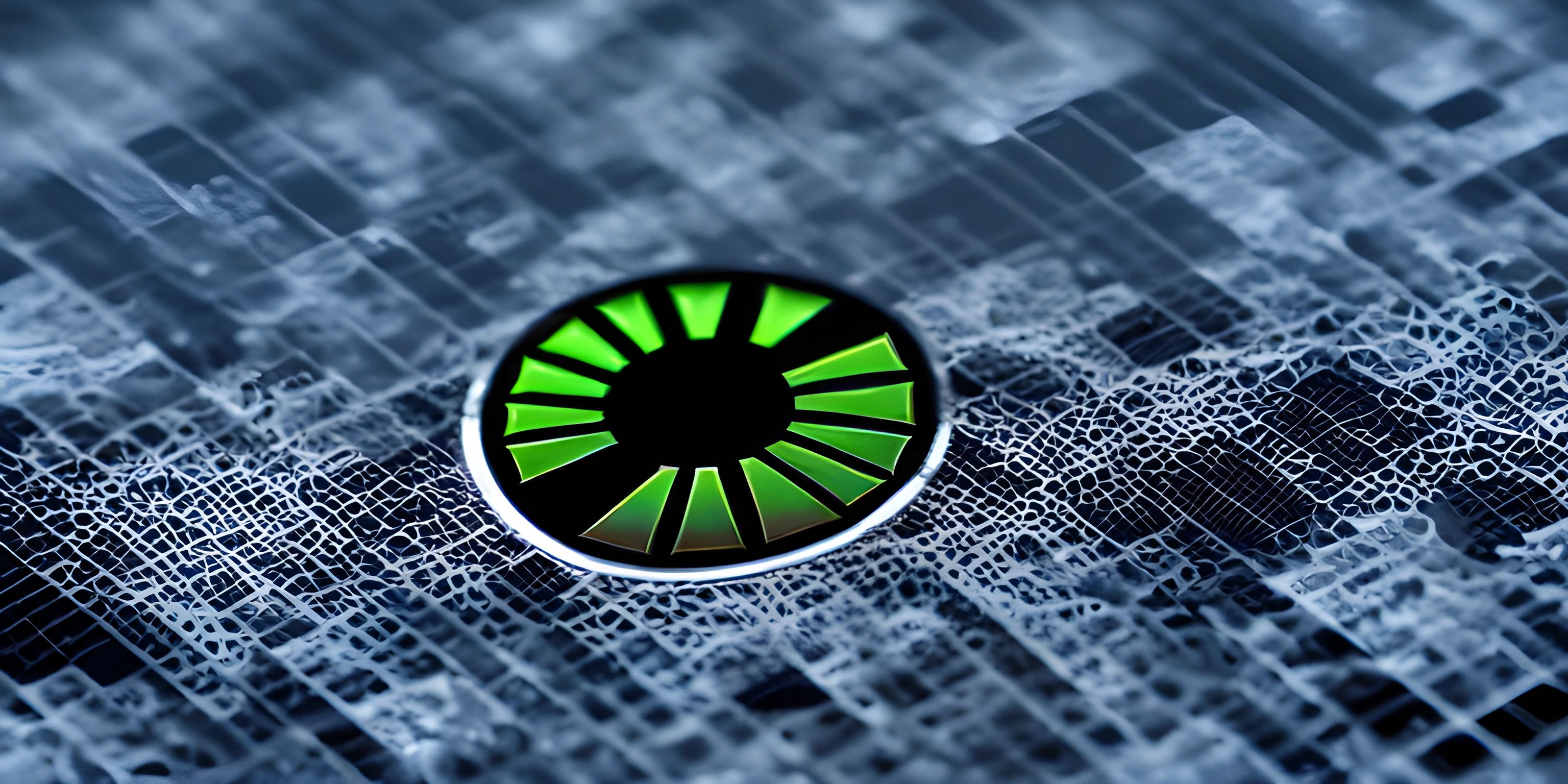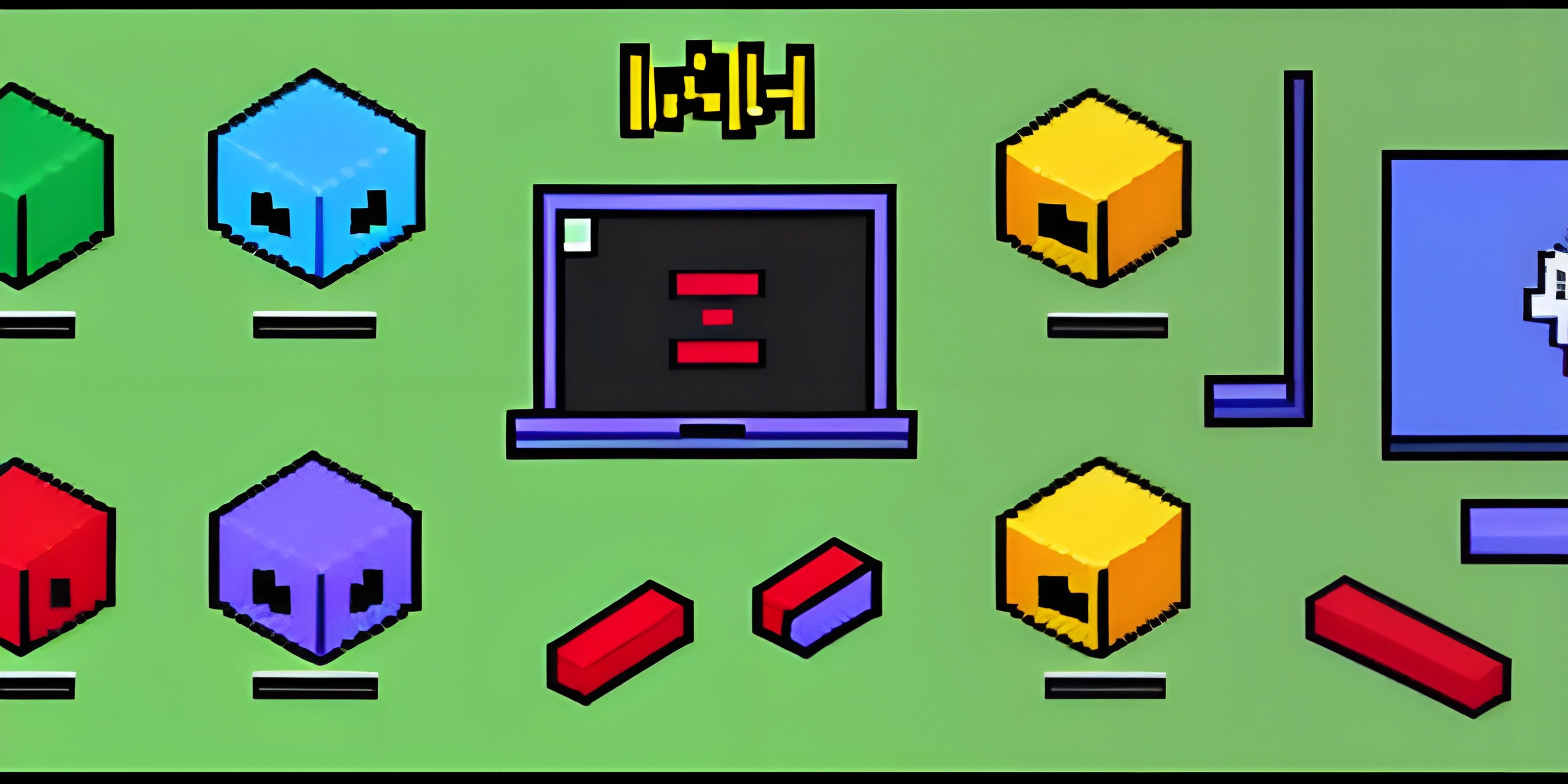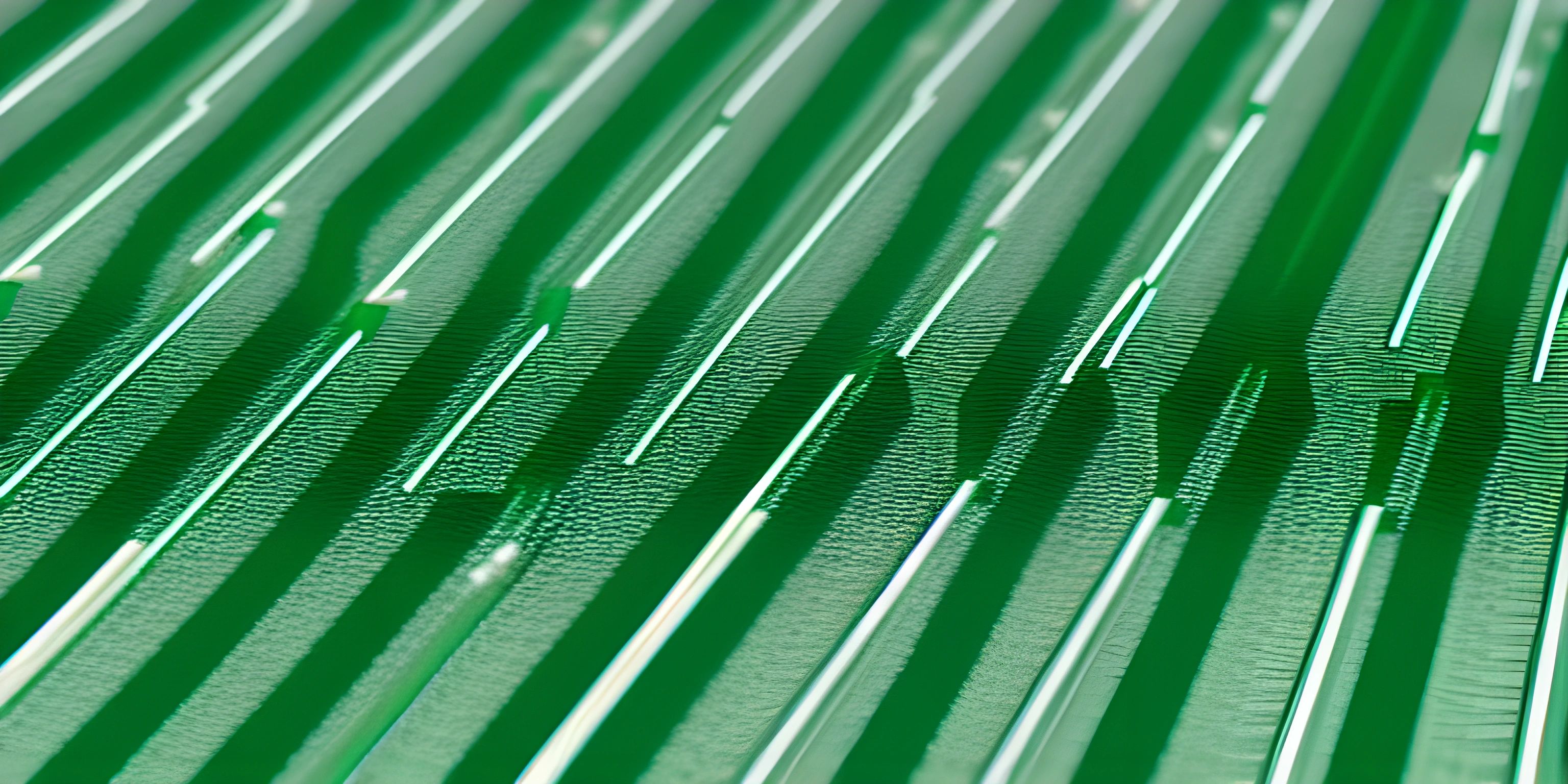Single-Page Applications

Note: this page has been created with the use of AI. Please take caution, and note that the content of this page does not necessarily reflect the opinion of Cratecode.
If you've ever used popular web applications like Gmail, Google Maps, or Facebook, you might have noticed that they're pretty darn fast and snappy. They don't make you wait for an entire page to load when you click on a link, and they offer a smooth, app-like experience. The reason for this is that these web applications are designed using a concept called Single-Page Applications (SPA).
What is a Single-Page Application?
A Single-Page Application (SPA) is a web application that loads a single HTML page and dynamically updates the content as the user interacts with it, rather than loading new pages from the server. This makes the application feel more like a native application, with faster navigation and user experience. SPAs are built using JavaScript and frameworks like React, Vue, or Angular.
How Does an SPA Work?
Traditional web applications send requests to the server for new HTML pages, which causes a page reload every time a user clicks on a link or performs an action. In contrast, SPAs load a single HTML page and then use JavaScript to update the content and make API calls to fetch data from the server.
Here's a simplified flow of how an SPA works:
- User requests the SPA from the server.
- Server sends a single HTML file, along with the required JavaScript and CSS files.
- JavaScript takes over, handling user interactions and fetching data via APIs.
- The SPA updates the content on the page dynamically without refreshing the entire page.
Advantages of Single-Page Applications
- Speed and performance: Since SPAs only need to fetch data and not entire HTML pages, they offer a faster and smoother user experience.
- Simplified development: Building an SPA can simplify the development process by separating front-end and back-end concerns.
- Offline support: SPAs can cache data locally, allowing them to work offline and sync data when the connection is available.
Disadvantages of Single-Page Applications
- SEO challenges: Due to their reliance on JavaScript, SPAs can have issues with search engine optimization (SEO) and indexing.
- Complexity: Building an SPA can be more complex than a traditional web application, especially when it comes to managing state and handling browser history.
- Initial load time: The initial load time of an SPA can be longer since the entire application needs to be loaded before it can be used.
When to Use a Single-Page Application
SPAs are a great fit for web applications that require a smooth and responsive user experience, such as:
- Dashboards and analytics platforms
- Social media applications
- E-commerce platforms
- Interactive maps
However, if your project is a content-heavy website or a blog, a traditional multi-page application might be a better choice due to better SEO and simpler development.
Hey there! Want to learn more? Cratecode is an online learning platform that lets you forge your own path. Click here to check out a lesson: Full-stack Web Frameworks (Next.js) (psst, it's free!).
FAQ
What is a Single-Page Application (SPA)?
A Single-Page Application (SPA) is a web application that loads a single HTML page and dynamically updates the content as the user interacts with it. SPAs offer a faster, smoother, and app-like user experience since they don't require full page reloads when navigating or performing actions.
What are some advantages of using an SPA?
Some advantages of using an SPA include speed and performance improvements, simplified development by separating front-end and back-end concerns, and the ability to support offline functionality by caching data locally.
What are some disadvantages of using an SPA?
Some disadvantages of using an SPA include SEO challenges due to reliance on JavaScript, increased complexity in managing state and browser history, and potentially longer initial load times since the entire application needs to be loaded upfront.
When should I consider using a Single-Page Application?
You should consider using an SPA for web applications that require a smooth and responsive user experience, such as dashboards, analytics platforms, social media applications, e-commerce platforms, or interactive maps. For content-heavy websites or blogs, a traditional multi-page application might be a better choice.





